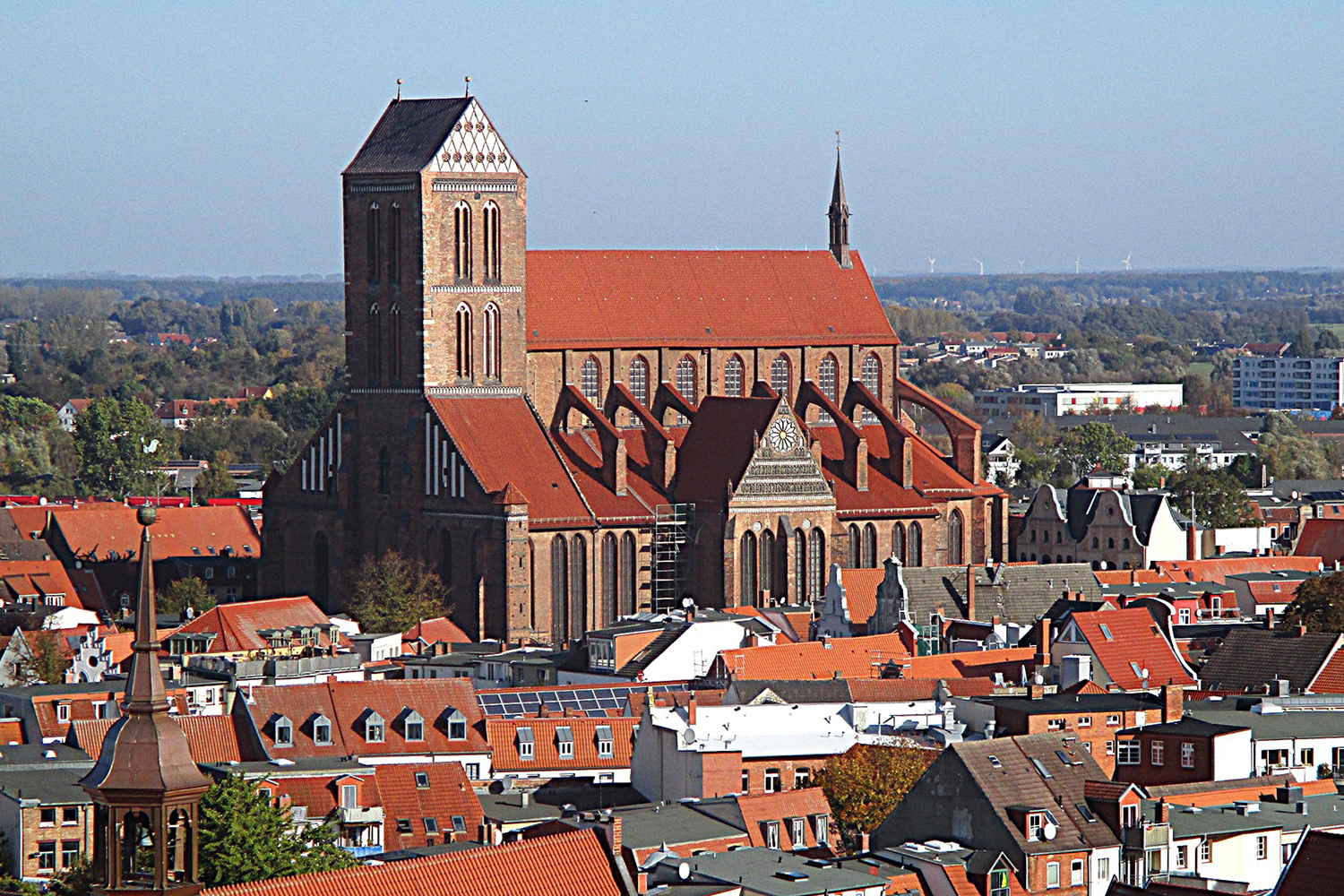Ship of Fools: St Nikolai, Wismar, Germany
 Ship of Fools: St Nikolai, Wismar, Germany
Ship of Fools: St Nikolai, Wismar, Germany
Authentic preaching and pulsating organ music in a Gothic church made of 3 million bricks
Read the full Mystery Worshipper report here
 Ship of Fools: St Nikolai, Wismar, Germany
Ship of Fools: St Nikolai, Wismar, Germany
Authentic preaching and pulsating organ music in a Gothic church made of 3 million bricks
Read the full Mystery Worshipper report here
Comments
I’m guessing you don’t have any idea what was used in place of the Apostle’s Creed or you’d have identified it. Am I right about that? If I am reading the Nordkirche’s website correctly, they recognize as confessional statements the Nicene Creed, the Apostles’ Creed, the (Lutheran) Augsburg Confession and Book of Concord, and the Theological Declaration of Barmen. They also reference Catholic and Reformed confessional statements and unnamed statements from other traditions.
Since the other two are in Ulm and Munich St Mary's must be the largest of the brick built churches referenced by Portola in the Baltic area.
Since the end of world War II it has been in Poland.
https://en.wikipedia.org/wiki/St_Bartholomew's_Church,_Brighton
Whether or not it's as attractive a building as St Nikolai, or any of the other big Baltic churches mentioned, is a matter of opinion. It towers over the neighbouring streets in the same fashion, though.
I visited St Bart's many years ago, and recall how dark it seemed to be, and how much awful (to my eye) Anglo-Catholic tat there was in the place...
Turning back to your Report on St Nikolai, a congregation of 50 at what was (I presume) the principal service of the day sounds rather sparse, but I see from their website that there are several other churches in the city.
St Bart's, Brighton, is one of many Anglo-Catholic places in the area (some have been closed in recent years), and offers Mass on Sundays and several weekdays - I wonder if their attendance is comparable to St Nikolai?
of Wilno,now Vilnius in Lithuania.
Yes, I know that feeling, too...
The bright and light interior of St Nikolai sounds most attractive, and those churches in the C of E which (for whatever reason) have lost their gloomy Victorian stained glass are IMHO much the better for it.